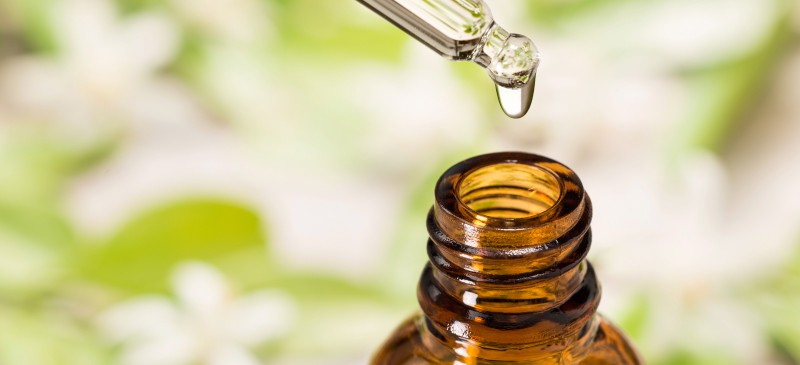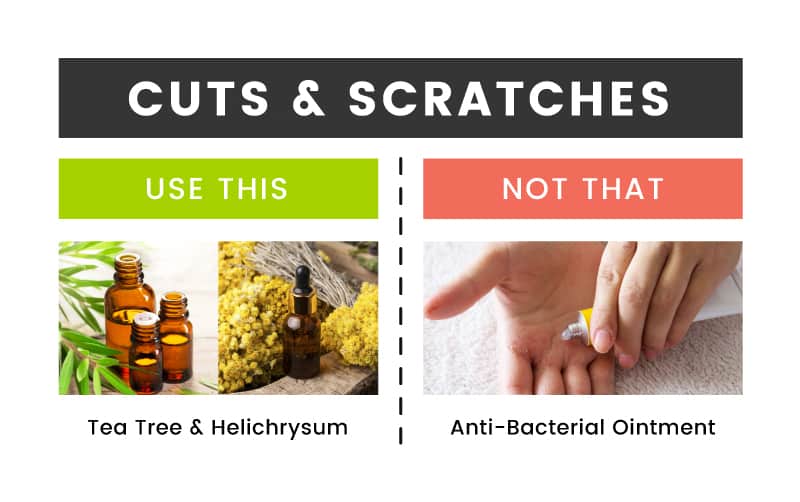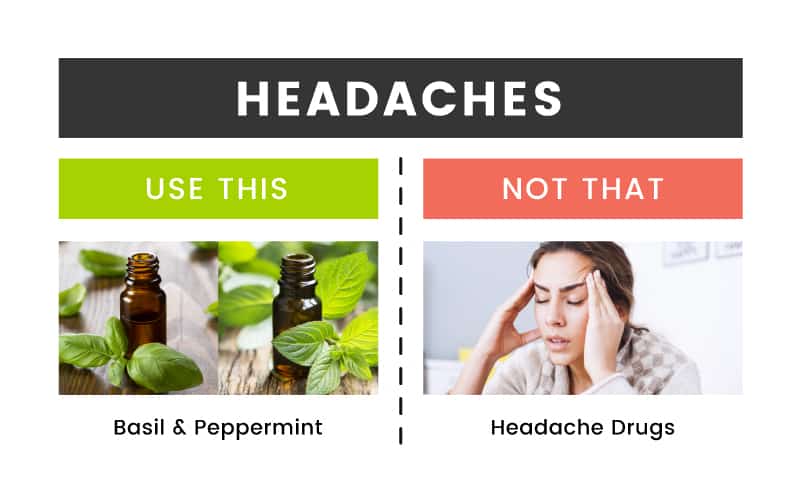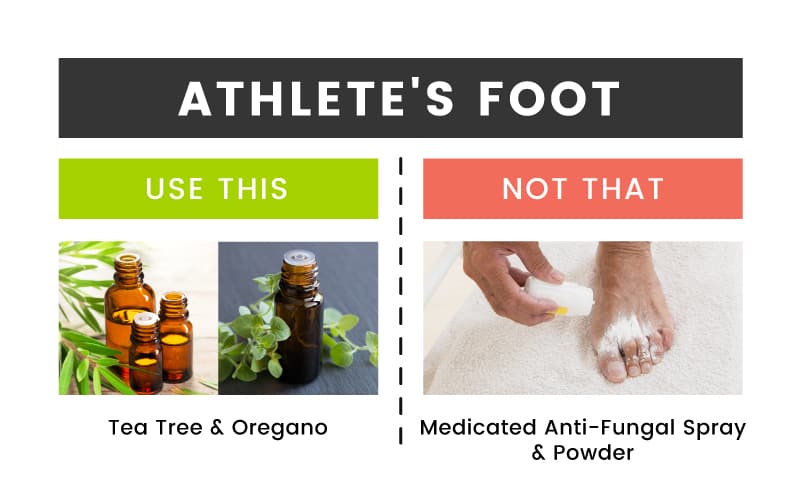This Dr. Axe content is medically reviewed or fact checked to ensure factually accurate information.
With strict editorial sourcing guidelines, we only link to academic research institutions, reputable media sites and, when research is available, medically peer-reviewed studies. Note that the numbers in parentheses (1, 2, etc.) are clickable links to these studies.
The information in our articles is NOT intended to replace a one-on-one relationship with a qualified health care professional and is not intended as medical advice.
This article is based on scientific evidence, written by experts and fact checked by our trained editorial staff. Note that the numbers in parentheses (1, 2, etc.) are clickable links to medically peer-reviewed studies.
Our team includes licensed nutritionists and dietitians, certified health education specialists, as well as certified strength and conditioning specialists, personal trainers and corrective exercise specialists. Our team aims to be not only thorough with its research, but also objective and unbiased.
The information in our articles is NOT intended to replace a one-on-one relationship with a qualified health care professional and is not intended as medical advice.
Use This, Not That: Health Cabinet Transformation
April 24, 2018

Over the years, I studied Traditional Chinese Medicine, Ayurvedic medicine and other natural remedies that have withstood the test of time. And the more I learned, the different my medicine cabinet started to look. Using science-backed research and the wisdom of ancient healing traditions as my guide, I started a “use this, not that” approach to my health.
Many pills used for ailments like joint pain, headaches and minor scrapes and bruises were replaced by specific essential oils known to target those issues. Instead of worrying about the long list of dangers of NSAIDs, I focus on supporting my body with nutrition and responsible use of high-quality essential oils. Here are some of my favorite swaps I used to replace conventional medicine cabinet drugs with more natural, oil-based solutions.
Use This, Not That: Health Cabinet Transformation
 Use This, Not That: Aching Joints
Use This, Not That: Aching Joints
Use This: Peppermint & Turmeric
Not That: Painkiller Meds
With more than 10,000 studies highlighting the health benefits of turmeric, I always make sure turmeric oil is onhand in my house. One of its many uses includes easing joint pain, inflammation and stiffness related to both rheumatoid arthritis and osteoarthritis.
An animal study published in the Journal of Agricultural and Food Chemistry found that turmeric essential oil provides a modest anti-inflammatory impact on joints. The dosage used in the study would equate to 5,000 milligrams a day in humans. (1)
Turmeric contains the active ingredient curcumin, an antioxidant that helps calm inflammation for issues like joint pain.
Using Turmeric Oil: Dilute in a carrier oil and add a few drops directly to the source of pain.
Safety: Turmeric easily stains clothes and the skin, so use carefully around fabrics and dilute it before topical use.
Peppermint oil uses and benefits also include joint pain relief. Even the Rheumatoid Arthritis Support Network recommends peppermint as a natural remedy for joint pain, thanks to its naturally occurring levels of healing menthol and limonene. (2)
Using Peppermint Oil: When my joints need a little nurturing, I mix 3 drops each of peppermint and lavender oil in a carrier oil and apply to achy joints. Adults can also add a drop of peppermint oil to tea or water.
Safety: Peppermint oil may adversely interact with some medications, so consult a physician with concerns. Use This, Not That: Cuts & Scratches
Use This, Not That: Cuts & Scratches
Use This: Tea Tree & Helichrysum
Not That: Antibacterial Ointment
Did you know that some of our most popular antibacterial ointments will not kill MRSA? In fact, they actually seem to be playing a part in developing a particularly nasty strain of the hard-to-kill bacteria. (3)
That means finding more complex and natural ways to kill pathogens are needed when it comes to stopping superbugs. So when it comes to everyday cuts and scrapes, I prefer specific essential oils instead of medicated ointments.
Here’s what the research says: In clinical studies, plant-derived active biomolecules found in thyme and tea tree oil exhibit powerful antioxidant, antimicrobial and anti-inflammatory properties making them beneficial for wound care. (4)
As far as helichrysum oil is concerned, it’s a potent remedy used to tame skin inflammation, cuts and scrapes and wounds. (5)
Using Tea Tree Oil: A great home remedy for cut and scrape care includes cleaning the banged-up area with water and a clean towel. To clear out any dirt in the cut or scrape, use hydrogen peroxide. Once clean and dry, add two to three drops of tea tree oil and cover with a bandage. Apply a new bandage and oil treatment every day until the scrape or cut is healed. You may also add a drop of lavender to the mix for added skin support.)
Safety: Melaleuca (tea tree) oil should not be taken internally for any reason.
Using Helichrysum Oil: This oil helps diminish bruising, bleeding and pain for minor cuts and scrapes. To help to reduce pain, bruising and swelling, apply two to three drops topically to the area of pain; repeat several times daily.
Safety: Helichrysum essential oil is generally well tolerated.
 Use This, Not That: Headaches
Use This, Not That: Headaches
Use This: Basil & Peppermint
Not That: Headache Drugs
A 2014 review named basil essential oil as a traditional medicinal plant effective for the treatment of headaches. (Along with coughs, diarrhea, constipation, warts, worms, kidney malfunctions and more.) (6)
Basil oil is also known as a natural stress fighter, helping to alleviate tension and anxiety that can trigger headaches.
There’s another oil I turn to when it comes to combating headaches. Peppermint oil may improve circulation and relax tense muscles. In addition to that, it also helps clear your nasal passages that can trigger sinus headaches. In 1996, German researchers published a study highlighting peppermint oil a cost-effective natural headache remedy to improve circulation and reduce pain in tension headaches. (7)
Using Basil Oil: I like to add three to five drops to a warm water bath to ease tense muscles that can contribute to tension headaches. You can also massage one or two drops with a carrier oil into your feet or over your adrenals when you feel a stress-related headache coming on.
Safety: Don’t use basil oil during pregnancy or if you have epilepsy. Dilution
is recommended for topical use.
Using Peppermint Oil: Dilute two drops and apply to your forehead and temples for pain relief.
Safety: Some medications may adversely interact with peppermint oil, so consult a physician with concerns about drug interactions.
 Use This, Not That: Athlete’s Foot
Use This, Not That: Athlete’s Foot
Use This: Tea Tree & Oregano
Not That: Medicated Antifungal Spray & Powder
Just like bacteria are evolving and starting to outsmart out antibiotics, the same thing is happening when it comes to conventional antifungal treatments. Although this is mostly a problem for invasive Candida infections, I generally opt for essential oils when it comes to fungal infections like athlete’s foot, too. (8)
Plus, some commercial antifungal treatments contain chemical compounds called allylamine, azole or fluconazole, which can trigger allergic reactions. (9)
In my opinion, tea tree oil is the most effective natural remedy for athlete’s foot out there. Oregano oil also possesses powerful fungus-fighting properties.
Oregano oil also possesses fungus-fighting properties. In fact, some research suggests it’s as effective in getting rid of certain infections as antifungal treatments. (7, 8)
Using Tea Tree Oil: Create an athlete’s foot bath by adding 30 drops of tea tree oil to a footbath and soak your feet for 10 minutes. After soaking, be sure to thoroughly dry your feet, then massage a few drops of the oil directly onto the affected area.
Safety: As mentioned earlier, tea tree oil should not be taken internally for any reason.
Using Oregano Oil: I recommend mixing three drops of oregano oil and two drops of tea tree oil with a teaspoon of coconut oil. Use the mixture to apply to the affected area three to four times a day.
Safety: Because oregano oil may cause embryotoxicity, it should not be used during pregnancy or on infants and small children. Since it sometimes causes skin irritation, be sure to dilute with a carrier oil and test on a small patch of skin before using topically. If using internally, do not use for more than 10 days. After 10 days, take a break for one week.











